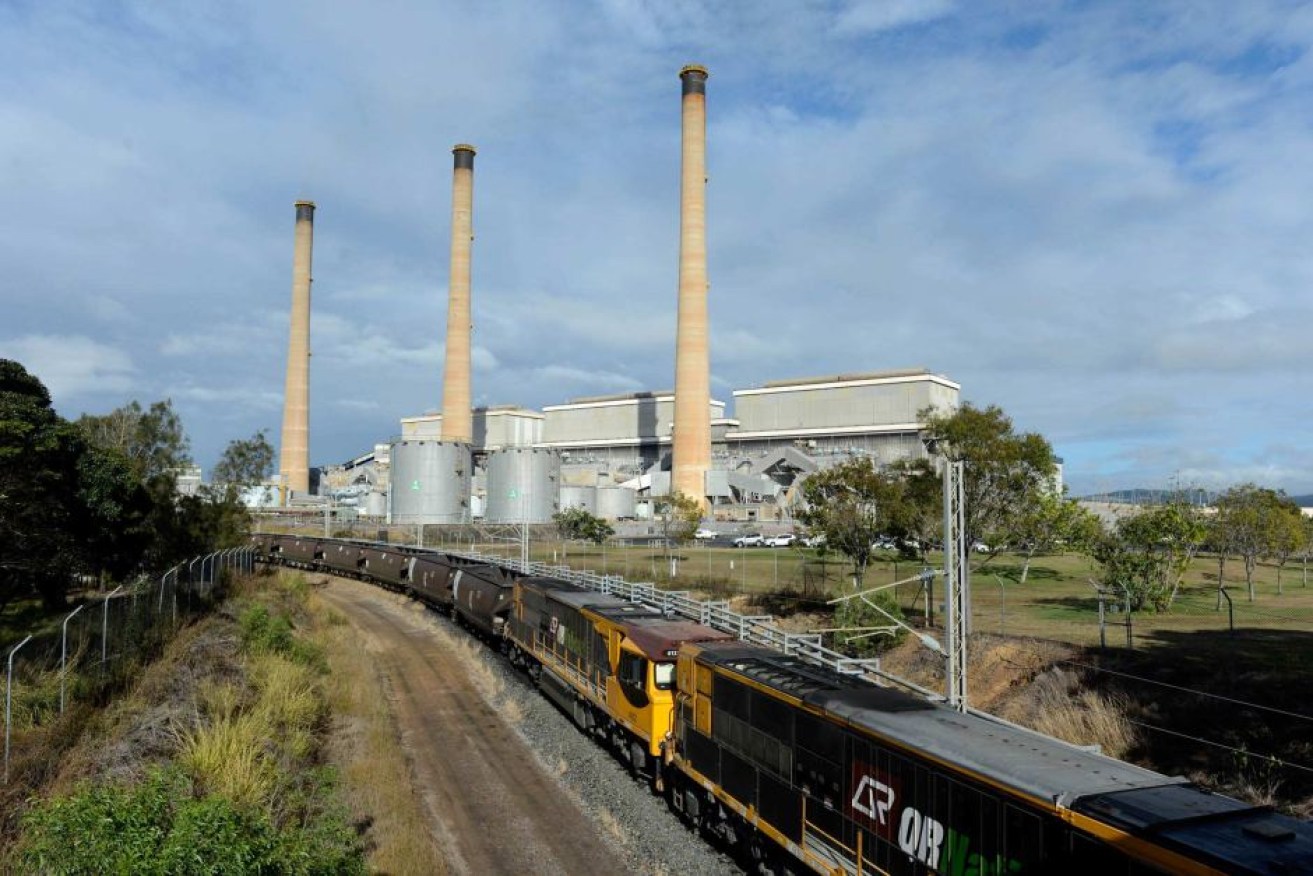‘Clean’ coal-fired power will not work: insider

Advocates argue carbon capture and storage could be a viable way to create "clean" coal-fired power. Photo: AAP
An industry insider has heaped scorn on the push to create electricity from “clean” coal-fired power, dismissing it as unviable.
Coalition MPs and coal-industry advocates are lobbying for new-generation coal-fired power stations with technology that captures the greenhouse gas emissions and stores them underground as the future basis of mass-scale electricity supply in Australia.
But David Hilditch, who spent many years trying to commercialise the technology, told the ABC it would not work.
“The subsidy required would be enormous,” he said. “CCS [carbon capture and storage] has been a failure”.
Mr Hilditch worked for 12 years as commercial manager with the Carbon Capture and Storage Co-operative Research Centre, a joint government-industry venture, working on about 30 projects in Australia and across the globe.
Only one project came to fruition — at Chevron’s Gorgon gas project on Barrow Island in Western Australia, but this involved the application of carbon capture and storage to natural gas which is a far less expensive undertaking than CCS with coal-fired power.
“We did some economic modelling looking at a new coal-fired power plant in the future with CCS and discovered that the cost would be the equivalent of two coal-fired power plants because of the energy required to capture the C02, compress the C02 and deliver the C02 to the storage site,” Mr Hilditch said.
“Carbon capture and storage is a hugely expensive process, finding geological storage sites is extremely difficult and it’s a tough job for scientists to prove [they will be effective], and industry has walked away.”
The process involves the capturing of C02, or carbon dioxide, emissions from industrial processes or coal-fired power generation, compressing the C02 into liquid form and pumping it into geological storage sites beneath the earth’s surface.
Mr Hilditch said there “are some possibilities for carbon capture and storage in some industries, for instance the oil and gas industry.”
“The coal industry — no,” he said.
“There are no examples where it has worked on a fully commercial basis.
“There are one or two demonstration projects that are semi commercial where the C02 is used for enhanced oil recovery, where the C02 is used to pump into [depleted] oil wells to enhance the quality of the oil that is recovered — which would lead to burning of more greenhouse gases.”
However, advocates argue that carbon capture and storage could be a viable way to create “clean” coal-fired power with sufficient subsidies.
How does CCS work?
- Carbon capture and storage (CCS) traps up to 90 per cent of carbon dioxide emissions produced from the use of fossil fuels
- The carbon dioxide is then transported by pipeline or ship for storage
- It is usually stored in an underground geological rock formation
- The aim is to prevent large quantities of carbon dioxide entering the atmosphere
- Source: The Carbon Capture and Storage Association
“It’s absolutely competitive with renewable energy,” Dominque Van Gent, who has overseen the development of the South West Hub CCS research project for the Western Australian Department of Minerals, said.
“It’s a matter of what investments, government incentives, etcetera, and if you look at carbon capture and storage on an equal basis [with renewables] then it is more than competitive.”
The Finkel Review of Australia’s electricity system has recommended a clean energy target, which could include coal-fired power with carbon capture and storage, opening the way for possible subsidies and incentives for the concept.
But Mr Hilditch said that the difficulty of finding and proving the effectiveness of geological sites in which to store the carbon dioxide was a big barrier.
“Where are you going to be storing large volumes of C02 safely and securely so that in the future, there is no uncertainty about whether or not the C02 will escape and whether or not the C02 will have long-term liabilities that can’t be secured?”
Mr Van Gent conceded there was a “geological anomaly” in an area identified for potential development of carbon capture and storage in WA’s South West and that such sites were not common place but maintained that carbon capture and storage would likely be part of the future energy mix.
– ABC








